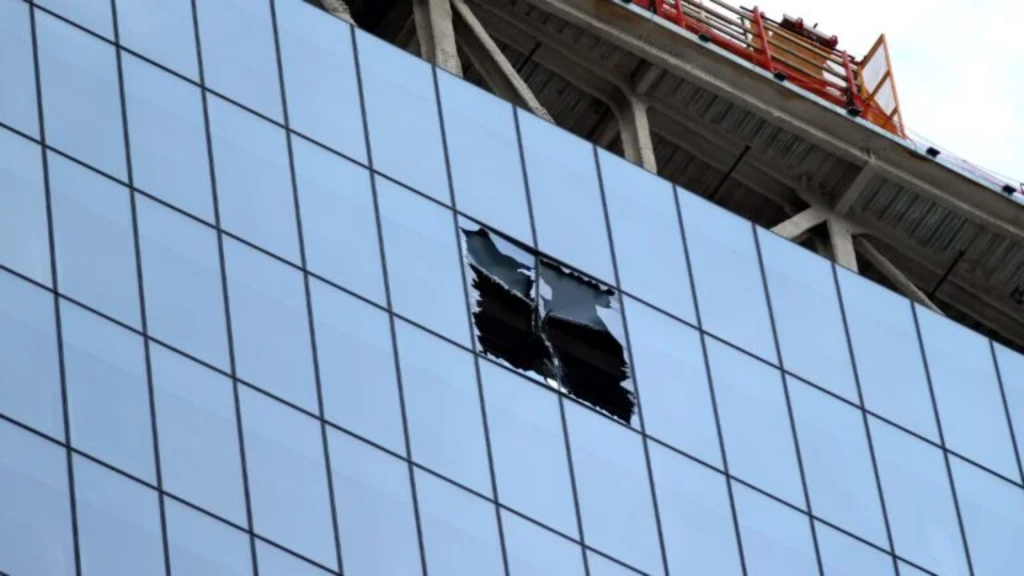May 17, 2024
OSHA rule change on employee representation is effective May 31
A controversial rule change allowing a non-employee to represent employees during an OSHA walkthrough investigation takes effect May 31.
May 16, 2024
Work paused after piece of metal falls at Boston worksite
Work has halted at Boston’s South Station construction site after a steel concrete form fell more than 20 stories, damaging windows but causing no injuries.
May 15, 2024
PCL Construction one of Fortune’s top 100 places to work
Based largely on employee feedback, PCL Construction Enterprises was named Fortune’s Top 100 Places To Work for the second year.
May 15, 2024
Kubota partners with MLB Toronto Blue Jays
Canada is the home of many great construction projects, and a partnership between Kubota and the Toronto Blue Jays aims to keep Kubota’s brand visible…
May 14, 2024
STACK Construction Technologies announces STACK Assist AI feature
STACK’s construction management platform now has AI-generated Takeoff abilities through its STACK Assist feature.
May 14, 2024
BMO Centre expansion is nearly complete, opening set for June
The BMO Centre expansion morphs the venue into a modern entertainment and convention spot. The facility is now an updated pillar of the Arts District.
May 13, 2024
7 money saving tips for contractors
Contractors’ profits are often thin. Avoiding activity lags, using local suppliers, avoiding scope creep, and using tech can help contractors boost profits.
May 13, 2024
Teaching kids their AECs: 10 construction books for kids
Want to teach your child about construction? Pete The Cat: Construction Destruction and Goodnight Goodnight Construction Site are two books to start with.
April 25, 2024
Fall safety violators targeted by OSHA
OSHA has cracked down on fall safety violators and is taking contractors to task over safety violations, sometimes even forcing compliance.
April 25, 2024
Emerging risks outlined in survey
A report from HKA highlights the state of construction disputes around the world—most of which are completely preventable.
April 25, 2024
Ontario to ban discriminatory job posting requirements
Ontario’s government is introducing legislation to help foreign-trained candidates compete for jobs fairly by banning Canadian work experience requirements.













